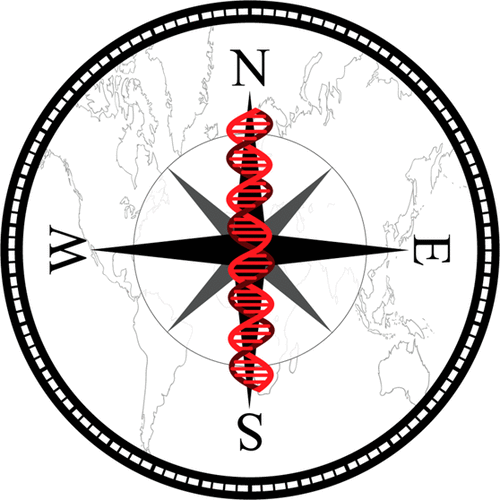当前位置:
X-MOL 学术
›
ACS Cent. Sci.
›
论文详情
Our official English website, www.x-mol.net, welcomes your feedback! (Note: you will need to create a separate account there.)
A Compass at Weak Magnetic Fields Using Thymine Dimer Repair
ACS Central Science ( IF 18.2 ) Pub Date : 2018-03-07 00:00:00 , DOI: 10.1021/acscentsci.8b00008 Theodore J. Zwang 1 , Edmund C. M. Tse 1 , Dongping Zhong 2 , Jacqueline K. Barton 1
ACS Central Science ( IF 18.2 ) Pub Date : 2018-03-07 00:00:00 , DOI: 10.1021/acscentsci.8b00008 Theodore J. Zwang 1 , Edmund C. M. Tse 1 , Dongping Zhong 2 , Jacqueline K. Barton 1
Affiliation

|
How birds sense the variations in Earth’s magnetic field for navigation is poorly understood, although cryptochromes, proteins homologous to photolyases, have been proposed to participate in this magnetic sensing. Here, in electrochemical studies with an applied magnetic field, we monitor the repair of cyclobutane pyrimidine dimer lesions in duplex DNA by photolyase, mutants of photolyase, and a modified cryptochrome. We find that the yield of dimer repair is dependent on the strength and angle of the applied magnetic field even when using magnetic fields weaker than 1 gauss. This high sensitivity to weak magnetic fields depends upon a fast radical pair reaction on the thymines leading to repair. These data illustrate chemically how cyclobutane pyrimidine dimer repair may be used in a biological compass informed by variations in Earth’s magnetic field.
中文翻译:

胸腺嘧啶二聚体修复在弱磁场中的指南针
尽管人们建议使用隐色染料(与光裂解酶同源的蛋白质)参与这种磁传感,但人们对鸟类如何感知地球磁场变化的导航知之甚少。在这里,在施加磁场的电化学研究中,我们通过光解酶,光解酶突变体和修饰的隐色染料监测双链体DNA中环丁烷嘧啶二聚体损伤的修复。我们发现,即使使用弱于1高斯的磁场,二聚体修复的产量也取决于所施加磁场的强度和角度。这种对弱磁场的高灵敏度取决于胸腺嘧啶上的快速自由基对反应,从而导致修复。
更新日期:2018-03-07
中文翻译:

胸腺嘧啶二聚体修复在弱磁场中的指南针
尽管人们建议使用隐色染料(与光裂解酶同源的蛋白质)参与这种磁传感,但人们对鸟类如何感知地球磁场变化的导航知之甚少。在这里,在施加磁场的电化学研究中,我们通过光解酶,光解酶突变体和修饰的隐色染料监测双链体DNA中环丁烷嘧啶二聚体损伤的修复。我们发现,即使使用弱于1高斯的磁场,二聚体修复的产量也取决于所施加磁场的强度和角度。这种对弱磁场的高灵敏度取决于胸腺嘧啶上的快速自由基对反应,从而导致修复。



























 京公网安备 11010802027423号
京公网安备 11010802027423号